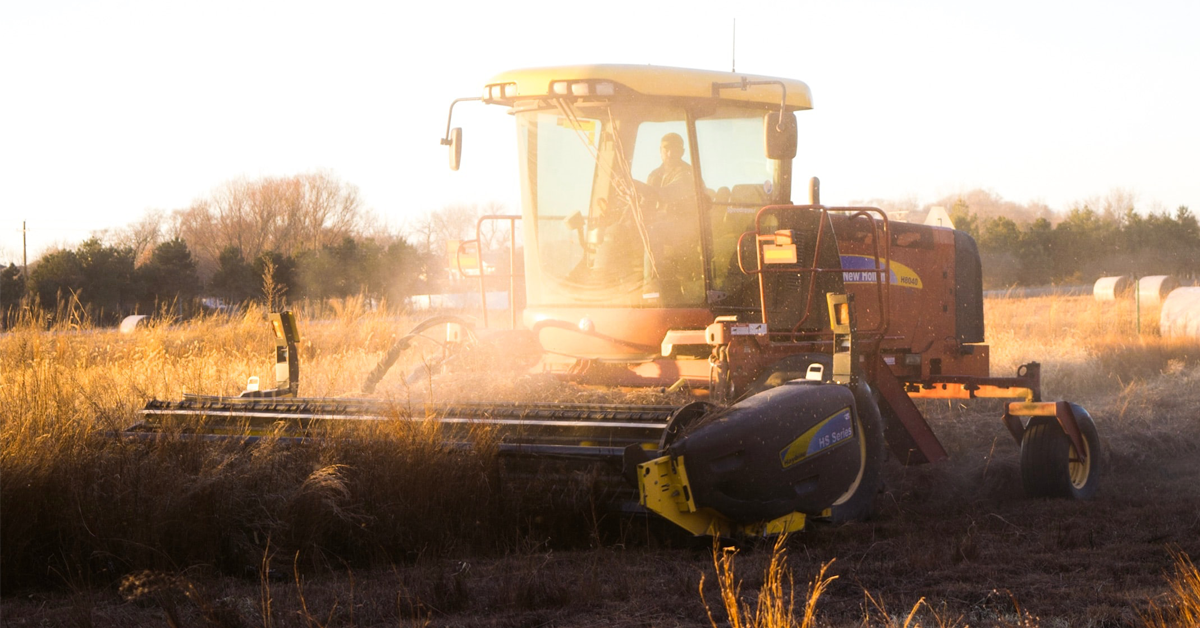As a fourth-generation grower, I am familiar with the challenges associated with managing my water supply. However, this year’s low water allocation from the Central Valley Project (CVP) has pushed our resilience and resourcefulness to the brink.
As a grower in Westlands Water District, we receive our water annually through the CVP. This year, our initial allocation was 15 percent. Then, after some mid to late February storms, our allocation increased to 40 percent. More storms came and our hydrology continued to improve. Finally in June, our allocation increased to 50 percent. Although 50 percent is much better than 15 percent, this final allocation is not sufficient for our agricultural needs. Furthermore, the lateness in this allocation made it exceedingly difficult to plan for the rest of our crop year.
The frustration is evident across the agricultural community. We diligently plan our crops and make investments in sustainable practices. Not only do we grow food and fiber for our nation and community, but also, we maintain the delicate balance of our ecosystems. Land stewardship is paramount in our values as evidenced by our groundwater recharge efforts. But when water allocations are erratic and insufficient year over year, it compromises our crops and our ability to plan effectively for the future.
This past year, we created three Flood MARs (Flood-Managed Aquifer Recharge) on our farm. Due to the previous winter’s heavy rainfall, we mobilized our efforts into replenishing the underground aquifer. We were able to bank over 3,400 acre-feet of water in just one year. In light of this past winter’s rainfall, we had planned to continue recharge, but unfortunately were unable to do so with the low allocation.
Despite our groundwater recharge acting as a savings account for future dry years, we made a conscious decision to purchase Supplemental Waters in lieu of pumping groundwater. Purchasing additional water outside of our current allocation is expensive; however, the long-term sustainability of our groundwater and farming operation is well-worth this investment. Yet, not all farmers can afford this expenditure.
There is a critical flaw in our water management system. Without equitable and reliable water supply, all of us—not just farmers—are left vulnerable to the whims of unpredictable climate and an inflexible regulatory framework. California’s water policies must evolve to address these challenges. We need a system that not only accounts for the annual variability in water availability, but also provides a stable and predictable supply. This requires a multi-faceted approach, including improved infrastructure for water storage and delivery, more effective use of available water resources, and policies that encourage sustainable practices without penalizing those who are already doing their part.
Moreover, our agricultural sector is a critical component of California’s economy and food security. Ensuring a reliable water supply should be a top priority for policymakers. We need to address the mismanagement of our water resources that exacerbates these issues. The Central Valley is often prohibited from adequate water supplies due to bureaucratic inefficiencies and conflicting priorities.
It is time for a comprehensive overhaul of our water policies to ensure that we can continue to grow the crops that feed and clothe our nation. Our future depends on it.











